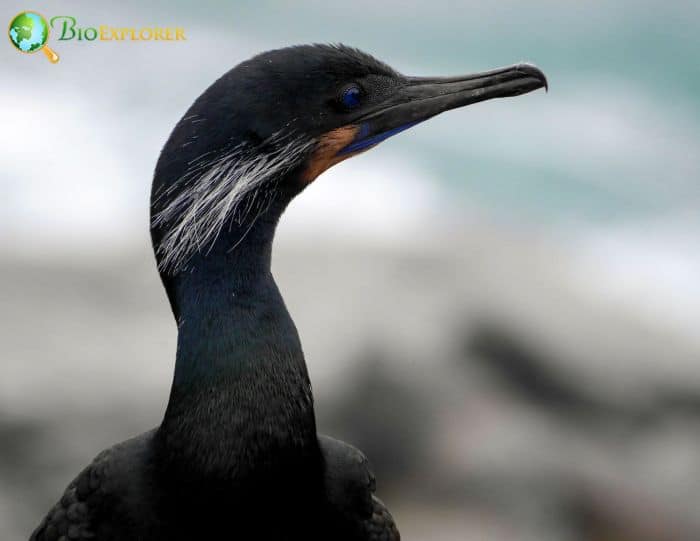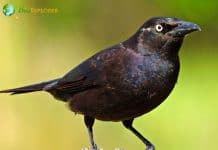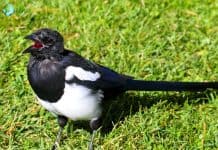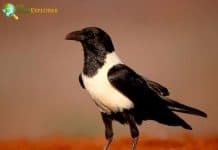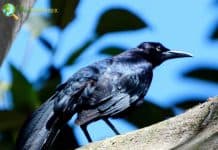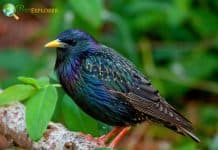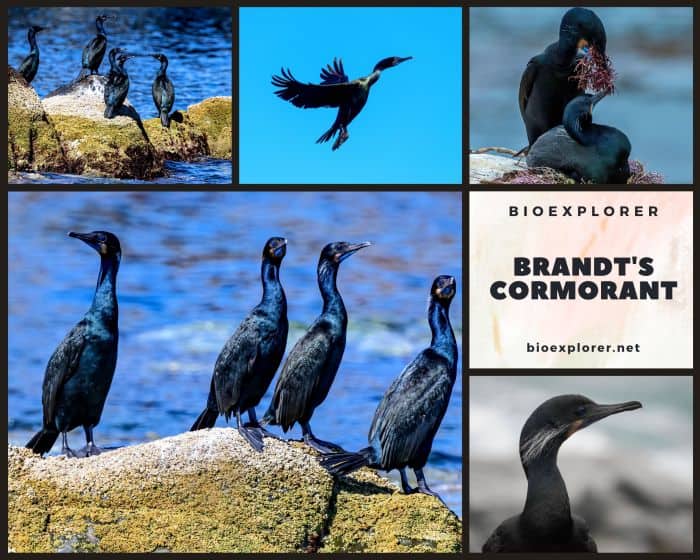
| Animalia | Aves | Suliformes | Phalacrocoracidae | Chordata | Urile penicillatus |
The Brandt’s Cormorant (Urile penicillatus) is the largest known cormorant on the Pacific Coast and was named after German biologist Johann Friedrich von Brandt on 1837. These marine birds are skilled divers who live near the ocean in estuaries and marine beaches, frequently congregating in big flocks and breeding in colonies.
Table of Contents
Brandt’s Cormorant Physical Characteristics
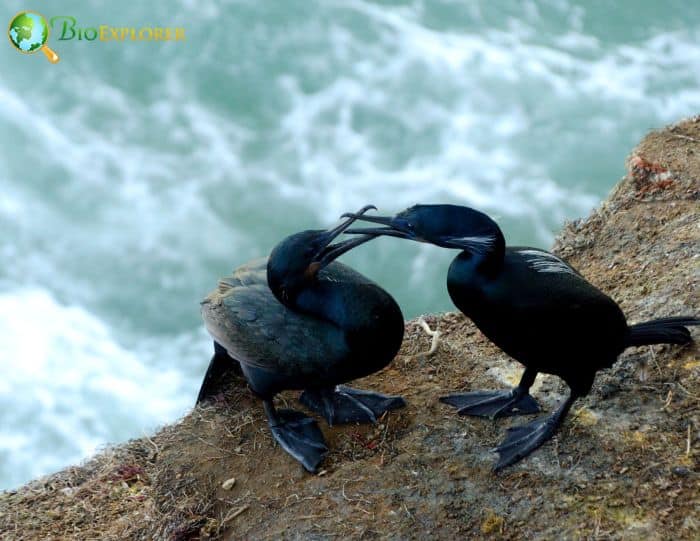
A huge seabird with a massive body, a long neck, and a bill hooked at the tip. It has short legs, a medium-length tail, and huge, webbed feet.
- Non-breeding adults are all black.
- While in breeding plumage, adults are generally blackish with blue eyes, a bright blue throat band around it, and whiskery white feathers on their head, neck, and shoulders.
- Juveniles are generally brown in color, with the skin of the throat encircled by buffy feathers[1].
Brandt’s Cormorants Are Expert Divers.
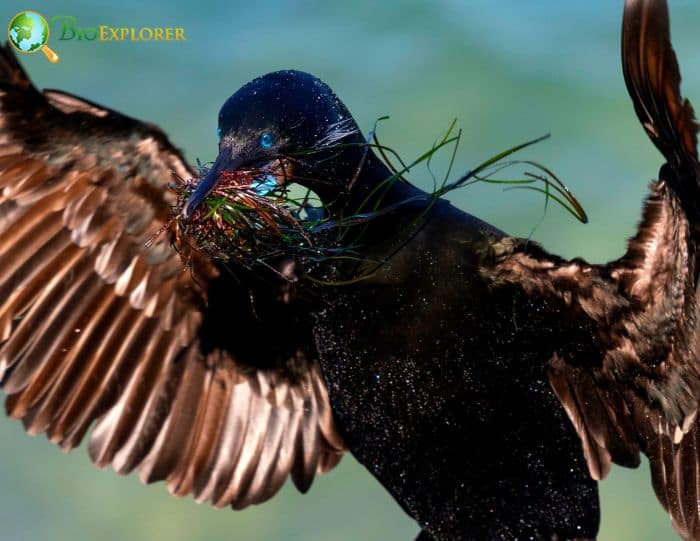
Skilled divers, the Brandt’s Cormorants may swim more than 200 feet[2] beneath the sea surface in search of fish and shellfish.
Brandt’s Cormorants Loves Silence.
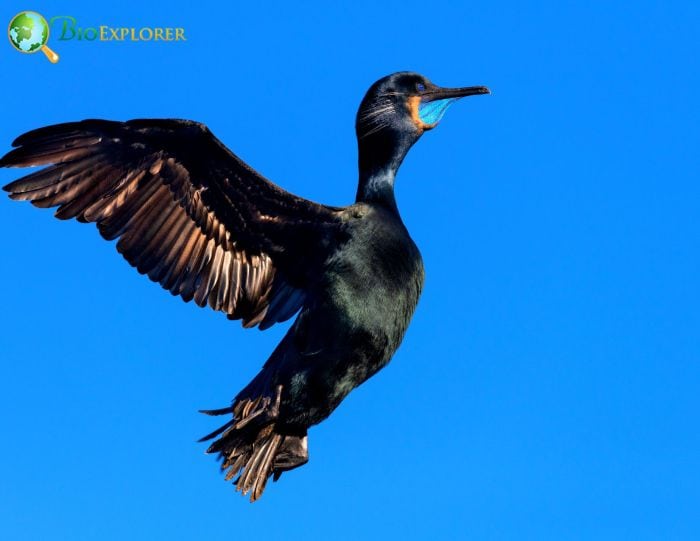
When in the nest, the Brandt’s Cormorant is the quietest of all the cormorants in North America. It produces noises that can only be heard from a few feet away[3].
Brandt’s Cormorants Connection To California Current.
The Brandt’s Cormorant relies on the abundant food sources linked to California Current waves from California to Washington.
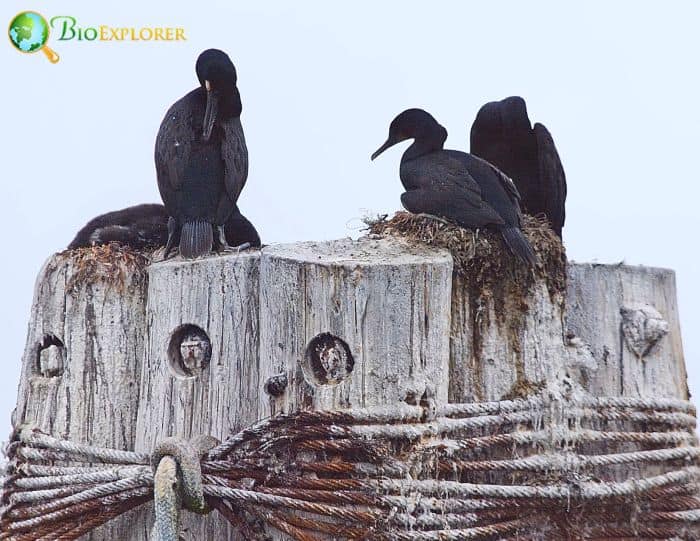
- Populations redistribute along the coast during the non-breeding season as the benefits of this current fade and where there is local food available.
- Brandt’s Cormorants are very social. It has been noted that Brandt’s cormorants breed in crowded colonies. As a result, they may easily mingle with other seabird species and even sea lions.
- They usually forage in huge flocks. They also engage in cooperative fishing, establishing a sizable group and catching their prey collectively underwater.
- Brandt’s Cormorants are extremely social birds that rarely fly off alone. They nest in large colonies.
- Males are in charge of selecting a nesting location and gathering nesting materials (sometimes stealing them from other nests), and both sexes will arrange the materials however they see fit while an egg is being incubated.
- Plant materials such as marine algae, dried grass, moss, sticks, and driftwood can be used to make nests.
- However, a growing trend among birds is using trash, most frequently plastic, to build their homes. One to six light blue eggs can be incubated in nests about a foot across and six inches tall.
Brandt’s Cormorants love eating fish
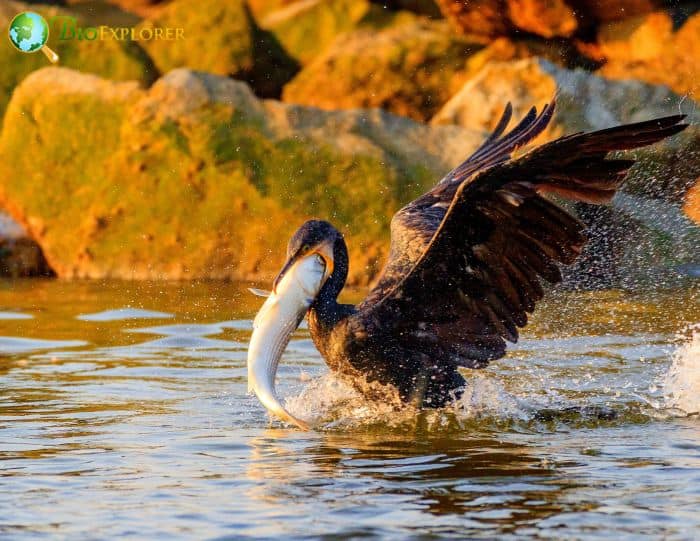
They prey on at least 93 different kinds[4] of fish, including the Pacific Herring, Pacific Tomcod, and numerous species of rockfish, cardinalfish, damselfish, and seabass.
